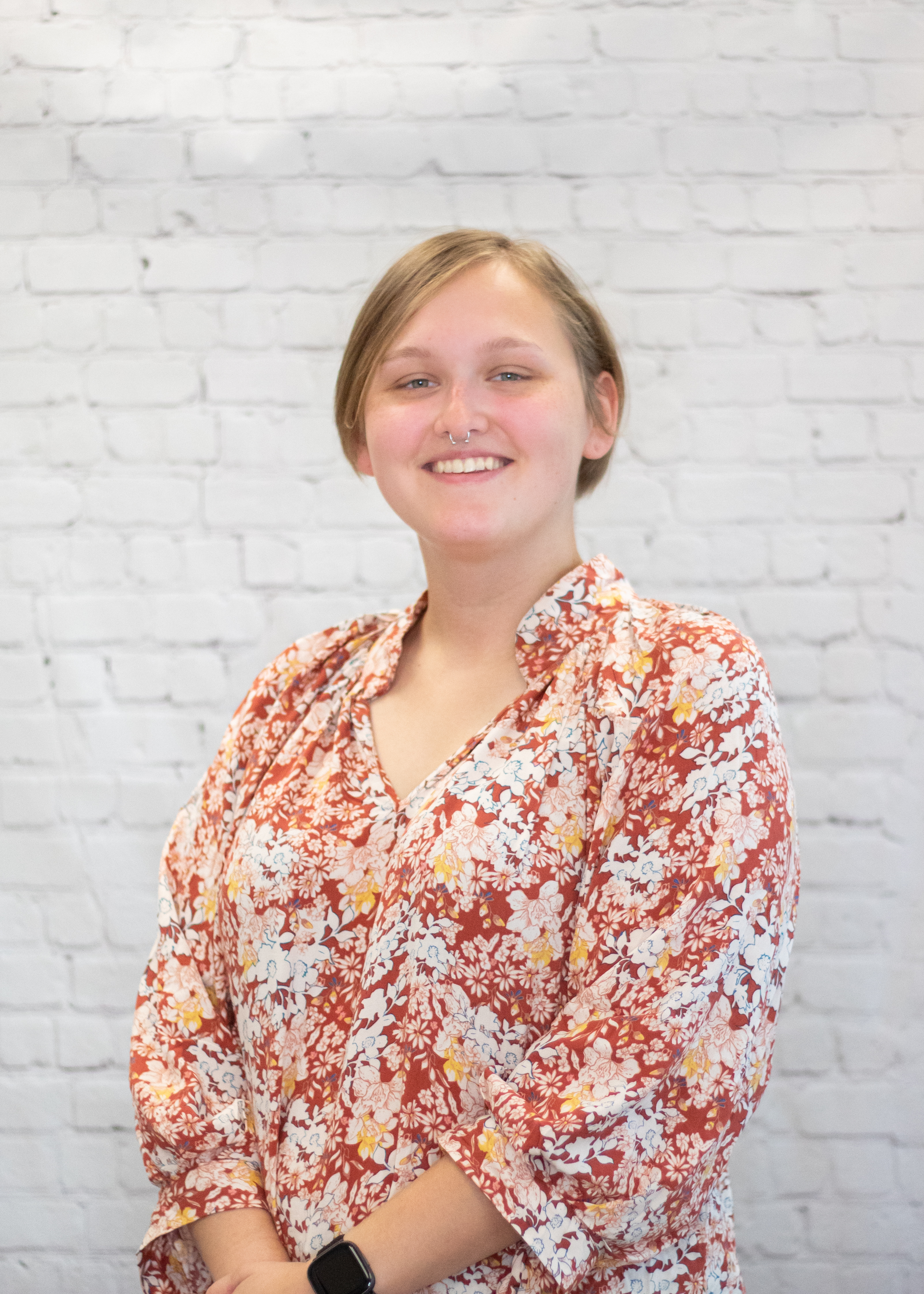Expressive Art in Therapy

By: Des Loucado, Masters Level Intern
Art therapy is a very broad term used to encompass a variety of different techniques to supplement care provided by therapists. These include techniques such as music therapy, chronotherapy (such as movement and dance therapy), expressive art therapy techniques (such as visual arts like painting, drawing, and sculpture), alongside film, theater, and creative writing (such as poetry, stream of consciousness writing, journaling).
Many art therapy techniques are integrated alongside other forms of therapy to help foster growth and processing. According to Hoffmann (2016), “Art therapy usually takes the form of group workshops, and a choice of the techniques themselves depends primarily on the objectives to be achieved, recommendations of doctors and therapists, as well as the preferences of a patient. Regardless of your choice, artistic activity is not the aim but a means of achieving positive change.”
Common practices for expressive art therapy are as vast and creative as the individual engaging in the work. The client is the expert when enacting their artistic vision within a session. They are the ones with the power to determine what aspects of the art represent what they want to explore and develop. The therapist merely acts as someone to guide and facilitate the client when they express themselves, offering questions and insight to their choices.
It is imperative that the therapist and client look towards integrating these techniques with an open mind and non-judgemental perspective to ensure the most growth. Resistance to the process of expressing yourself fully comes when we are held onto convictions from societal expectations of adequate artistic talent.
In therapy, such convictions can be clinically significant but do not provide an excuse to evade attempting something new. As Hoffmann states, “[Art therapy] objectives of therapy through art can be boiled down to three basic functions: recreational, educational and corrective (p. 198).” With these three objectives in mind, the technique used can be varied to elicit different responses. These include:
- Recreational use of expressive art techniques includes detaching oneself from their problems to promote relaxation, rather than insightful exploration. It is used as a means to diminish an emotional reaction from the problem, such as one reading or watching television.
- Educational use of expressive art techniques provides details and data corresponding to an aspect (or many) ones of life. This can be used to determine the wants and needs of the person engaging in them.
- Corrective uses of expressive art techniques are focused on “correcting” an idea, feeling or behavior that is maladaptive to a client. Corrective techniques involve looking at logic and fact in relation to others, similar to that of a challenge but done creatively.
Even more interestingly, historical use and effectiveness of art therapy echoes from many generations in the past. We see connections between culturally significant uses of different models of expressive art. According to the Handbook of Art Therapy by Cathy Malchiodi, shamanistic healing methods included singing or chanting, dancing, and creating images for sake of healing. The Navajo people integrate artistic therapy techniques regularly, creating youth programs to assist in developing healthier coping skills for distressed youth.
Something very important about these techniques falls in its ability to be applied in a variety of different ways with clients of all ages and all backgrounds. Art as a means to express oneself and communicate has echoed throughout human history. Using expressive art techniques can be used as a bridge for non-verbal clients when looking at trauma, to children or adults who do not have vocabulary to adequately describe what they are speaking about.
Though training is not necessary, it is encouraged that those who employ art techniques to be informed of practical methods of art techniques. To put it simply, compare this to those who encourage their clients to engage in mindfulness. You would expect that they would speak to the feelings and emotions that may come up when doing so. The same goes for expressive art techniques. If a client is unsure how to use certain media, it is important for us to help guide them.
